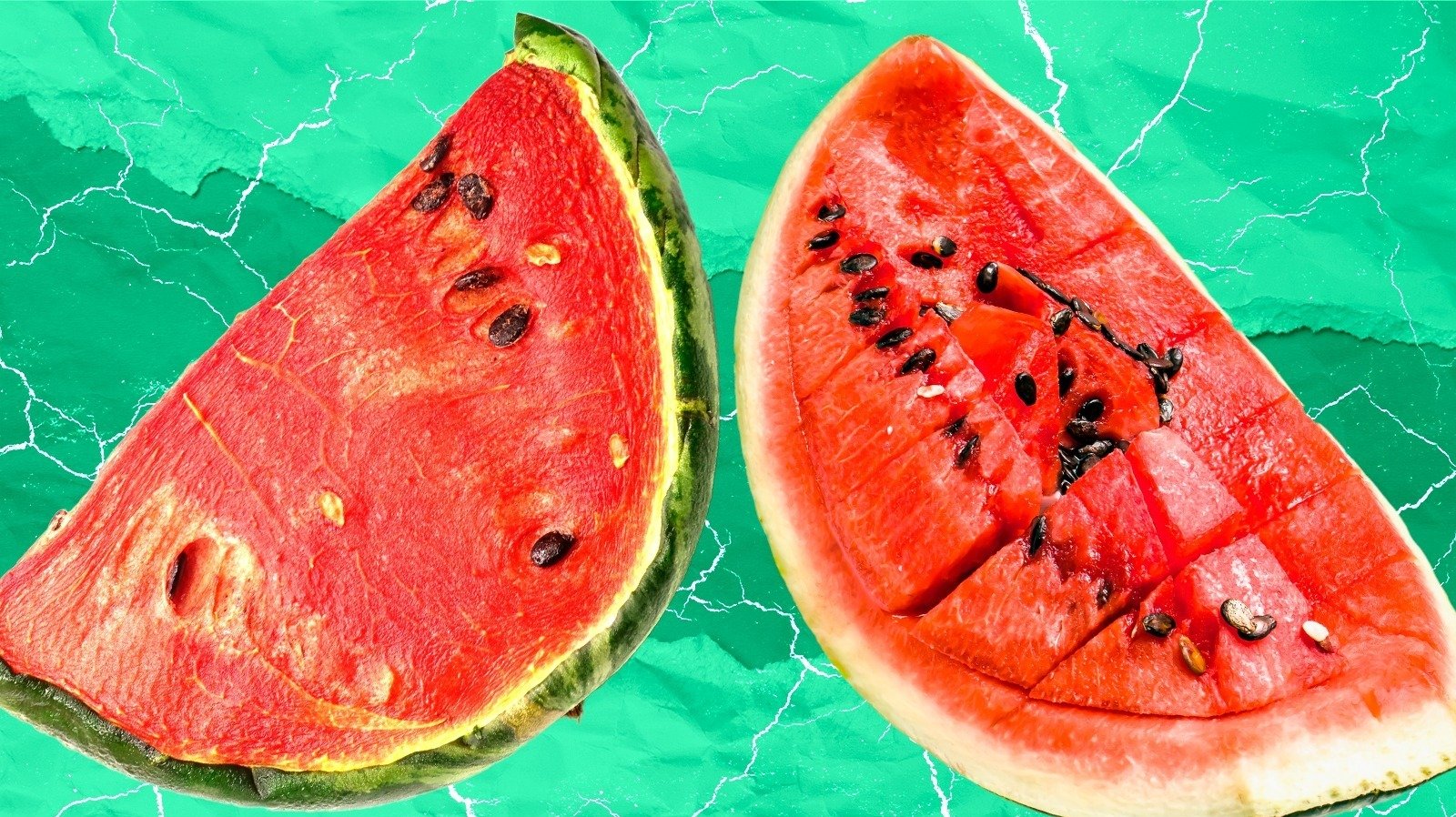What Parts Of The Watermelon Should Be Avoided?
-
March 20, 2022
Watermelon is often considered a summer favorite — juicy, hydrating, and delicious. Many pet owners, especially dog and cat lovers, might be tempted to share a few bites of this fruity treat with their furry friends. After all, it’s natural, low in calories, and full of water, right? While watermelon can be a safe and even beneficial snack for pets in moderation, it’s important to understand that not all parts of the fruit are equally safe. Knowing what parts of the watermelon to avoid can prevent discomfort and even serious health issues for your beloved pet.
The flesh of the watermelon, the soft red interior, is the safest and most beneficial part of the fruit for pets. It’s rich in vitamins A, B6, and C, and it’s made up of over 90% water, making it a great option for hydration — especially during hot weather. This part is usually well-tolerated by most dogs and occasionally even some cats, though cats are generally less interested in sweet flavors. It’s always best to serve it in small cubes or tiny slices, depending on the size of your pet, and observe how they react to it before making it a regular treat.
However, once you move beyond the red flesh, the rest of the watermelon becomes more questionable. One of the first parts pet owners must be cautious about is the seeds. Watermelon seeds may seem harmless, and a few swallowed accidentally might not cause an issue in larger animals. But when consumed in higher quantities, seeds can pose a real risk. These small, hard black or white kernels can block the digestive tract, especially in smaller dogs or cats. Seed blockages can lead to symptoms such as vomiting, constipation, abdominal pain, or lack of appetite. In severe cases, surgery might be required to remove the obstruction.
Another commonly overlooked but equally problematic part is the rind — the thick, pale green layer beneath the red flesh, and the dark green skin that protects the fruit on the outside. While not toxic, the rind is extremely tough and difficult for animals to chew and digest. Ingesting chunks of the rind can irritate a pet’s gastrointestinal system, leading to stomach pain, vomiting, or diarrhea. It can also become a choking hazard or cause intestinal blockages, similar to the seeds.
Some pet owners assume that because watermelon is a fruit, it must be naturally safe and healthy in all forms. However, just like with many human foods, moderation and preparation are crucial. Simply tossing a slice of watermelon — seeds, rind, and all — into your dog’s bowl could unintentionally lead to health complications. It’s always better to take a few moments to prepare it safely: remove all seeds (or choose a seedless variety), cut away the rind, and serve small amounts as an occasional treat, not a daily meal supplement.
It’s also worth noting that every pet is different. While one dog may nibble watermelon happily with no issues, another might experience an upset stomach from even a small portion. Cats, being obligate carnivores, don’t require fruits or vegetables in their diet, and while some might show curiosity, watermelon should never replace their regular, protein-rich meals. Whenever you introduce a new food to your pet’s diet, especially something not typically included in pet food, it’s wise to observe them afterward for any signs of distress.
In conclusion, while the red flesh of watermelon can be a delightful and hydrating snack for pets, the seeds and rind should be strictly avoided. They can pose choking hazards, cause digestive problems, and even lead to serious medical interventions. A little caution and proper preparation can go a long way in making sure your pet enjoys the treat safely. Just like people, pets have preferences and tolerances, and knowing what’s good for them is a key part of being a responsible and loving pet parent. When in doubt, always consult your veterinarian — they’ll guide you toward what’s safe and healthy for your unique furry companion.


Leave a comment